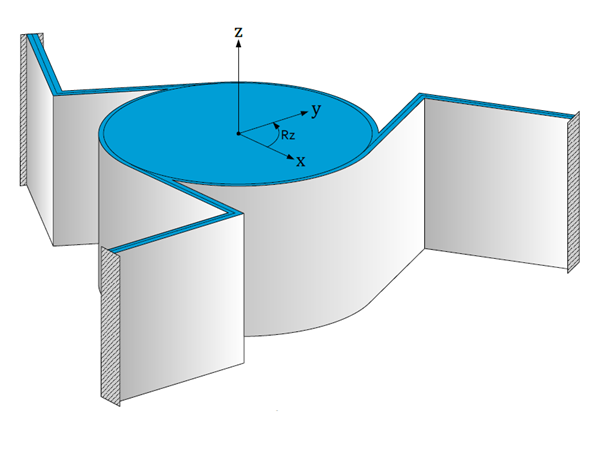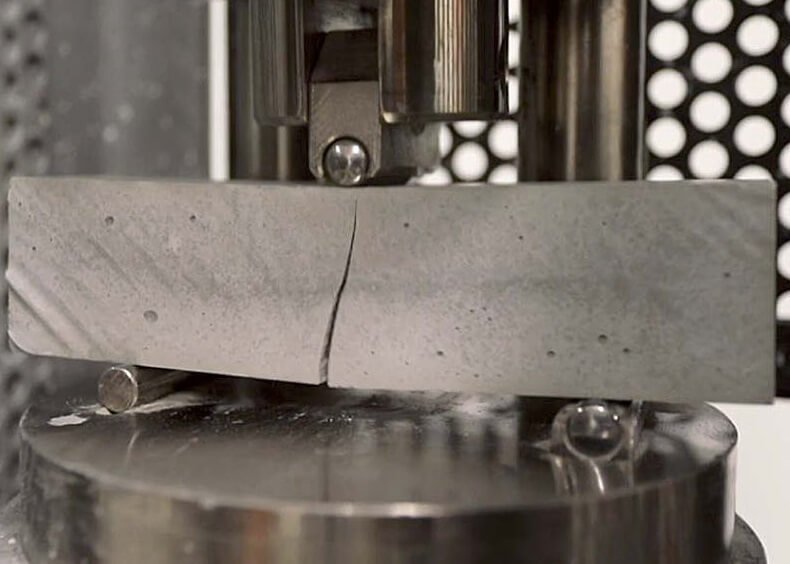

The splenic flexure is a watershed region as it receives dual blood supply from the terminal branches of the superior mesenteric artery and the inferior mesenteric artery, thus making it prone to ischemic damage in cases of low blood pressure because it does not have its own primary source of blood. Splenic flexure syndrome is often found in those with irritable bowel syndrome (IBS), and is considered by some practitioners to be a type of IBS since it can also result from stress.

An accelerometer according to Claim 2, wherein the flexure zone consists of. Gas can build up at this flexure and give abdominal pain giving rise to a condition known as splenic flexure syndrome. wherein said attachment member has at least one flexture point (239240). Introduction 2 Elastic hinges or flexure hinges in parallel form a reinforced leaf spring and can be used in monolithic structures to be able to have. The splenic flexure is the last and highest positioned flexure in the colon. The splenic flexure receives dual blood supply from the terminal branches of the superior mesenteric artery and the inferior mesenteric artery.

When used with closed-loop feedback, nPoint technology can provide excellent speed and linearity with nanometer resolution and accuracy. nPoint designs and manufactures systems that use flexure hinges to link a moving platform to a static base. The left colic flexure or splenic flexure (as it is close to the spleen) is the sharp bend between the transverse colon and the descending colon. Piezo stages are used in nanopositioning applications since they can achieve that level of precision. It receives blood supply from the superior mesenteric artery. The hepatic flexure lies in the right upper quadrant of the human abdomen. The right colic flexure or hepatic flexure (as it is next to the liver) is the sharp bend between the ascending colon and the transverse colon.


 0 kommentar(er)
0 kommentar(er)
